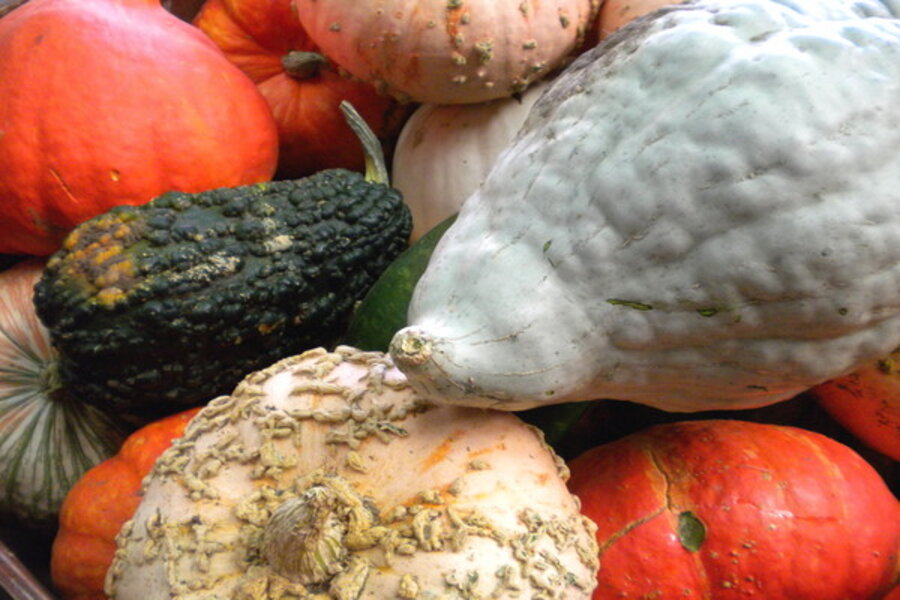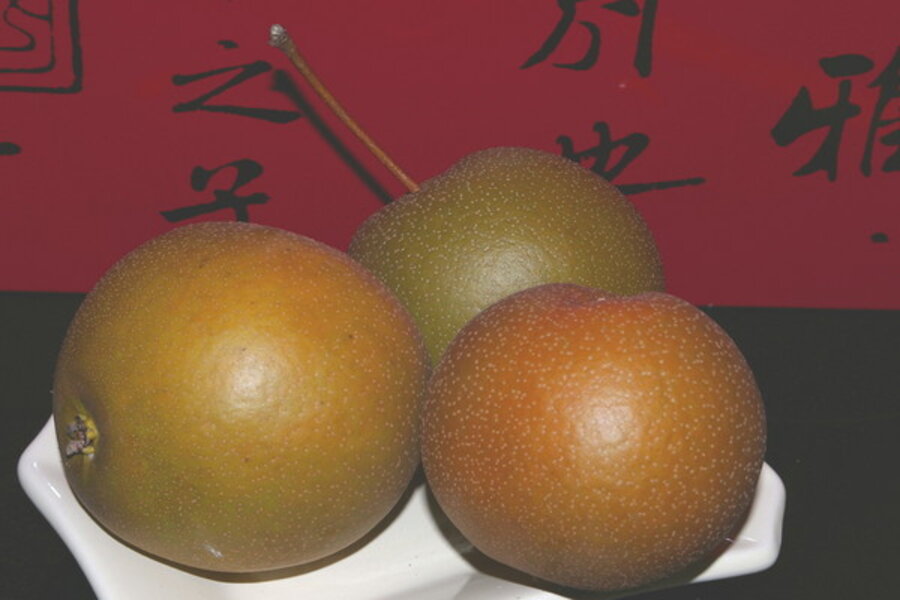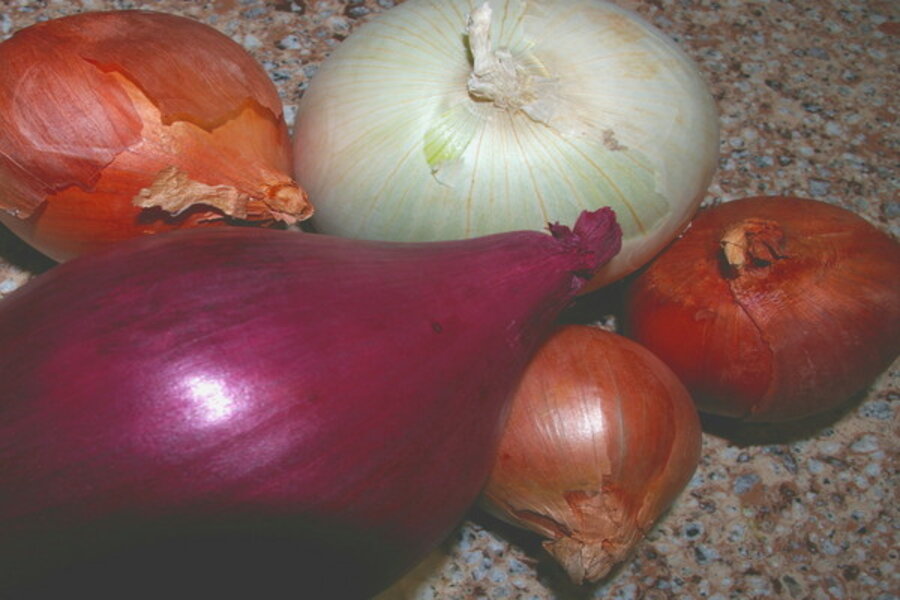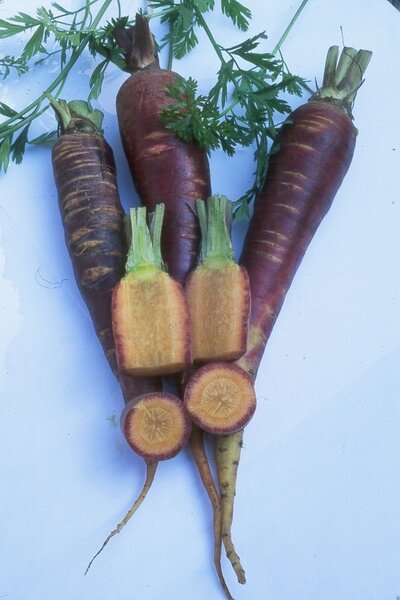How to store autumn's bounty of vegetables and fruits
Loading...
Two weeks ago, I visited several farmers’ markets in the area, as it was their last day of the season. I ended up buying black, red and yellow carrots, ones I’ve never grown.
It isn’t like I needed carrots. I grew and stored plenty in my garden, including Purple Dragon, which has a hint of juniper and rosemary flavor besides its beautiful purple flesh with an orange core.
I bought those additional carrots, along with winter squash, because I have places in which to store vegetables and fruit for months. And, I built a quick root cellar next to my garage.
Old-fashioned root cellars where gardeners stored vegetables over the winter 75 years ago have disappeared from modern homes. Instead of dirt-floor cellars, basements today have concrete floors and are partially heated by furnaces operating there.
The cellar I made was simple. Husband and I created it in less than 30 minutes, not counting the time to buy a new plastic trash can at the local big-box store.
How to build the root cellar
Before the ground freezes, dig a large, deep hole in a sheltered spot, preferably close to the house. We put ours just outside the back door to the garage.
Sink a 32-gallon heavy-duty plastic trash can into the hole, positioning it so the rim is about three inches above the soil line. That way melting snow and rain will not leak inside.
Line the bottom of the can with a two-inch layer of damp sand, add a layer of vegetables, top with an inch of damp sand and another layer of carrots, potatoes or whatever you are storing. Repeat the layers, ending up with sand on top.
Place lid on the can and top with a two-foot-high mound of straw or shredded autumn leaves. A sheet of plastic film over the mound top will keep everything in place and dry. Anchor theplastic with rocks or bricks.
Storage methods for specific fruits and vegetables
- Apples. Store in root cellar or dark, cool basement or garage. Isolate them, because the ethylene gas they give off makes many vegetables sprout and rot. Most varieties store three to six months.
- Asian pears. Place in sealed bags in the refrigerator to keep pears from dehydrating. Use within 60 days.
- Beets. Cut tops off and store in a root cellar or cool, dark area in a single layer on dry sand or cat litter. Use within two months.
- Cabbage, cauliflower, broccoli, and brussels sprouts. Harvest mature heads, roots and all. Hang upside down in a humid basement, garage, or out-building where it doesn’t go below freezing. Will keep up to a month.
- Carrots. Leave in garden. Cut off green foliage and cover carrots with a foot or more of shredded leaves or straw. Top with a tarp to keep soil from freezing. Harvest as needed.
- Onions. Store in mesh bags or open baskets in an isolated cool, dry place.
- Potatoes. Store in a cool (50 to 60 degrees F.; 10 to 15 C), dark place in paper bags with holes poked in them for ventilation. Don’t store near onions, which give off ethylene gas, causing potatoes to sprout. Will keep up to two months. Do not expose to light, which also triggers sprouting, and don’t store in the refrigerator. Cold destroys flavor.
- Winter squash and pumpkins. Clean the squash with bleach and water to kill any fungi or bacteria on its rind. Store in any cool spot up to six months.
-----
Doreen Howard, the Edible Explorer, blogs regularly at Diggin' It. If it’s edible and unusual, she figures out a way to grow it in her USDA Zone 4b garden. She’ll try anything once, even smelly durian. A former garden editor at Woman’s Day, she writes regularly for The American Gardener and The Old Farmer’s Almanac’s Garden Guide. Her new book, "Heirloom Vegetables, Herbs and Fruits: Savoring the Rich Flavor of the Past," will published in March 2011. To read more by Doreen, click here








